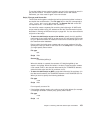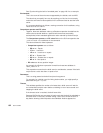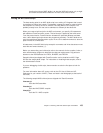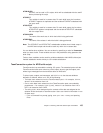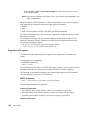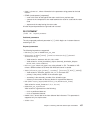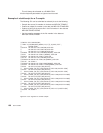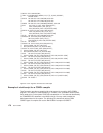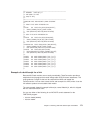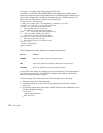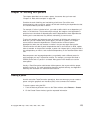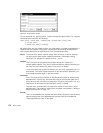The first step in converting the JCL fragment is to recognize the intent for each of the
data sets and ddnames. For this C/370 compiler example, the SYSIN ddname needs to
be associated with the source file, the SYSPUNCH ddname needs to be associated
with the object file, and so on.
In each of these cases, the build script must tell the TeamConnection build server
where to put or pick up the parts before and after the execution of the specified
program (PGM=EDCCOMP).
Assume that your source files in TeamConnection have the extension .c, your object
files have .obj, and your include files .h or .hpp. You allocate a data set to the SYSIN
ddname to contain a source file with a .c extension. You specify the DCB, UNIT, DISP,
and SPACE attributes to dynamically create this data set every time this build script is
invoked. Notice that the attribute SPACE=(TRK,(10,5)) indicates a sequential data set
organization.
You specify the output messages that will be returned to TeamConnection by using the
TCOUT attribute. This attribute tells the MVS build server to return the information in
the data set associated with the TCEXT=TCOUT attribute.
Note: The STEPLIB is renamed by the MVS build server to STEPLIBB for data set
lookup of the program specified by the PGM parameter on an EXEC statement.
The following MVS build script is the result of converting the JCL fragment by adding
the TeamConnection MVS JCL syntax.
Chapter 13. Working with MVS build scripts and builders 169



